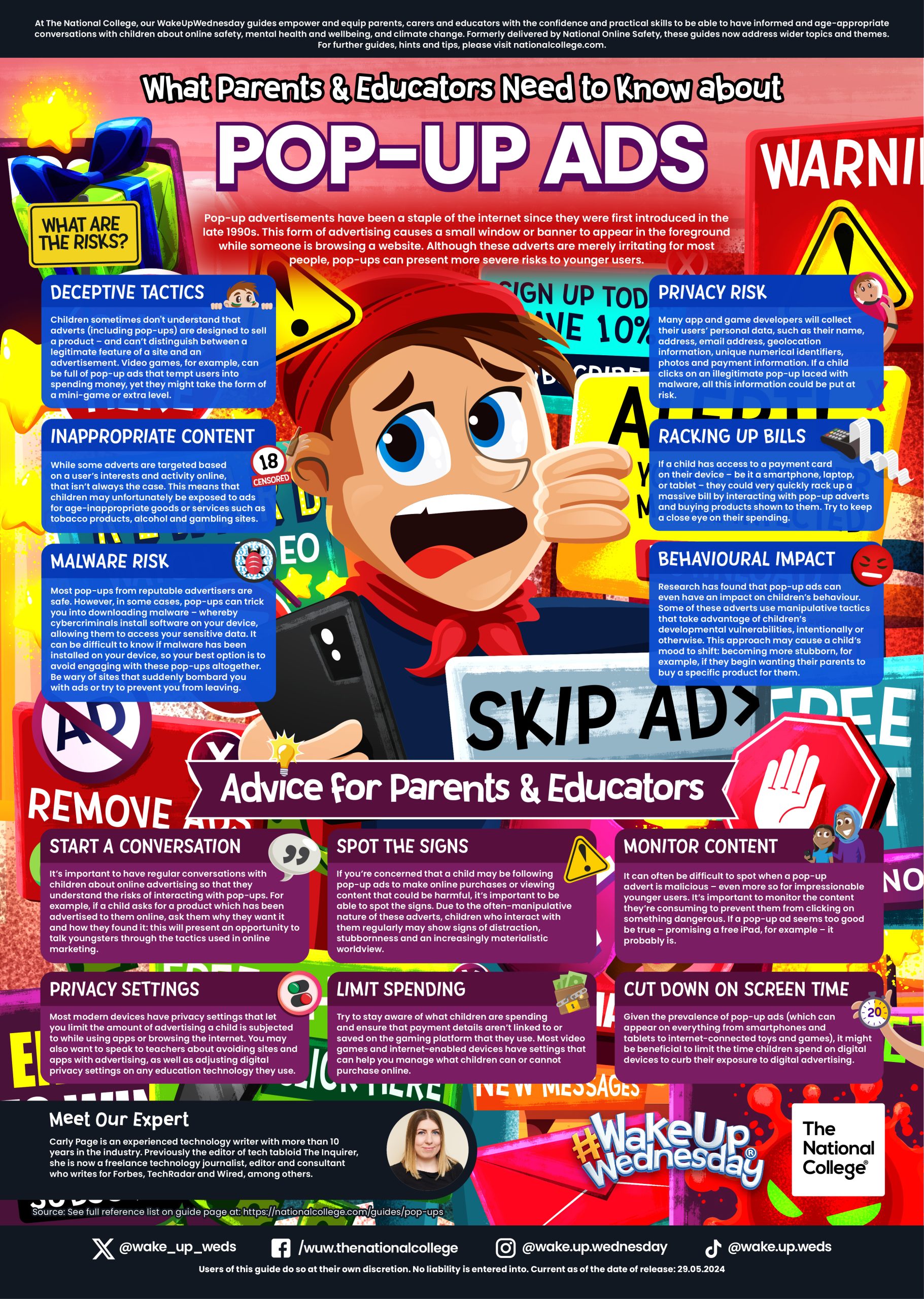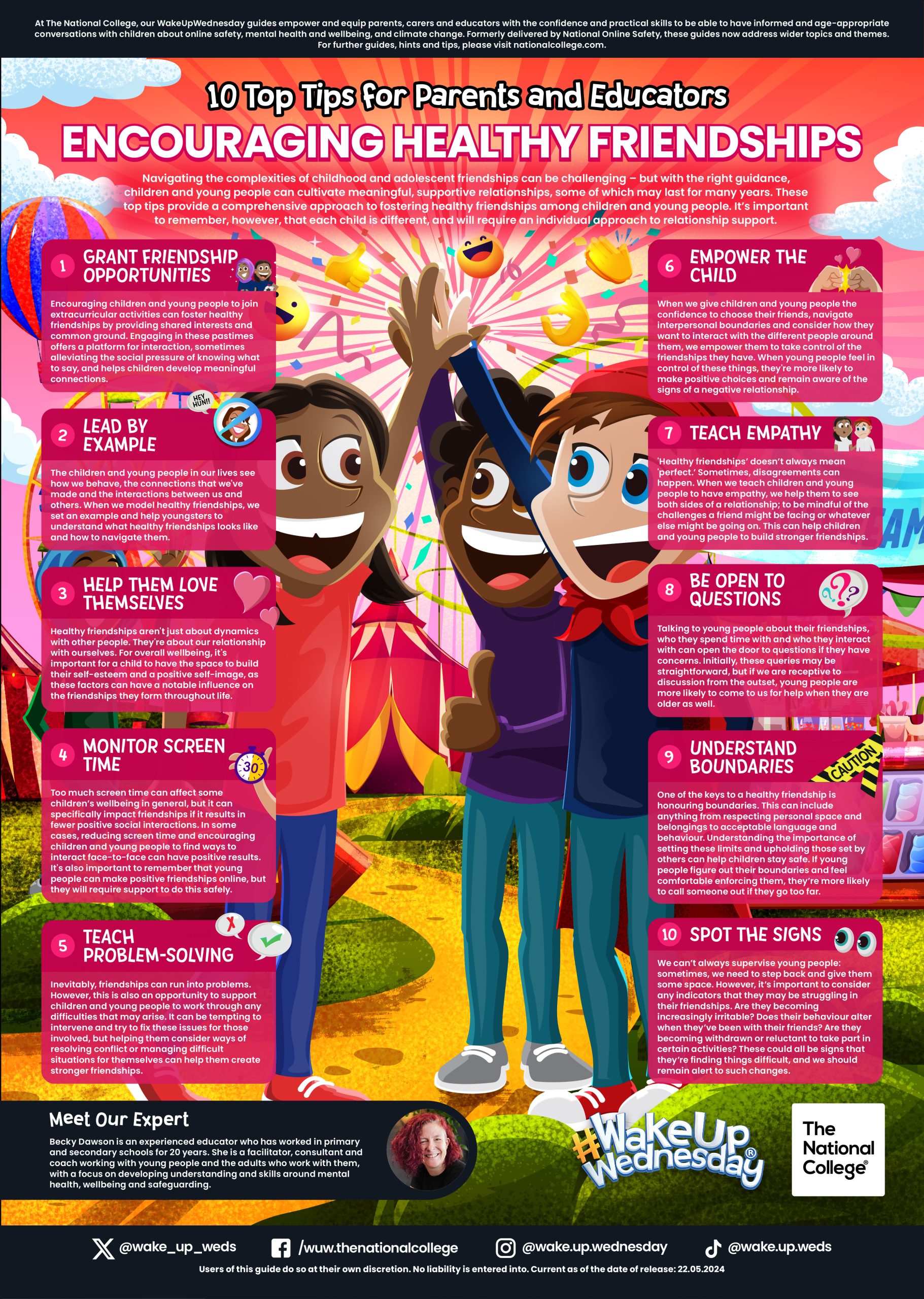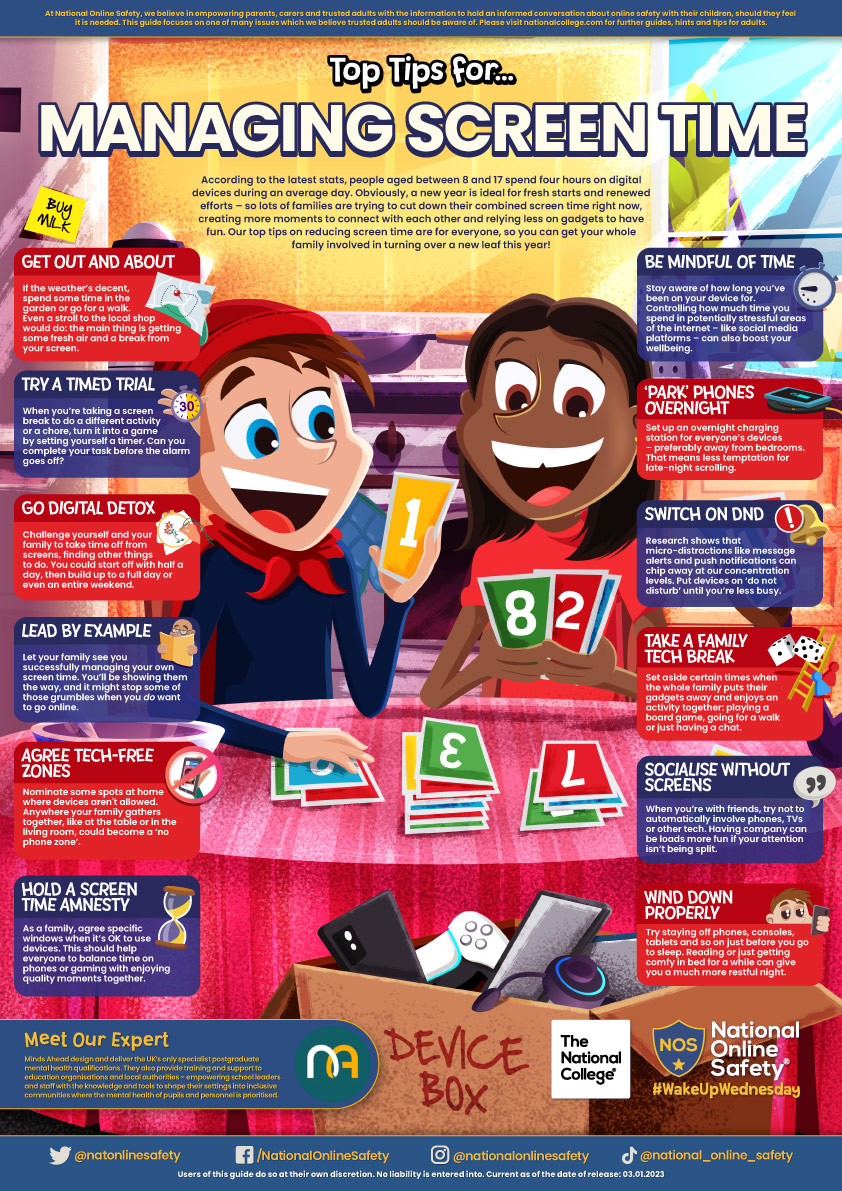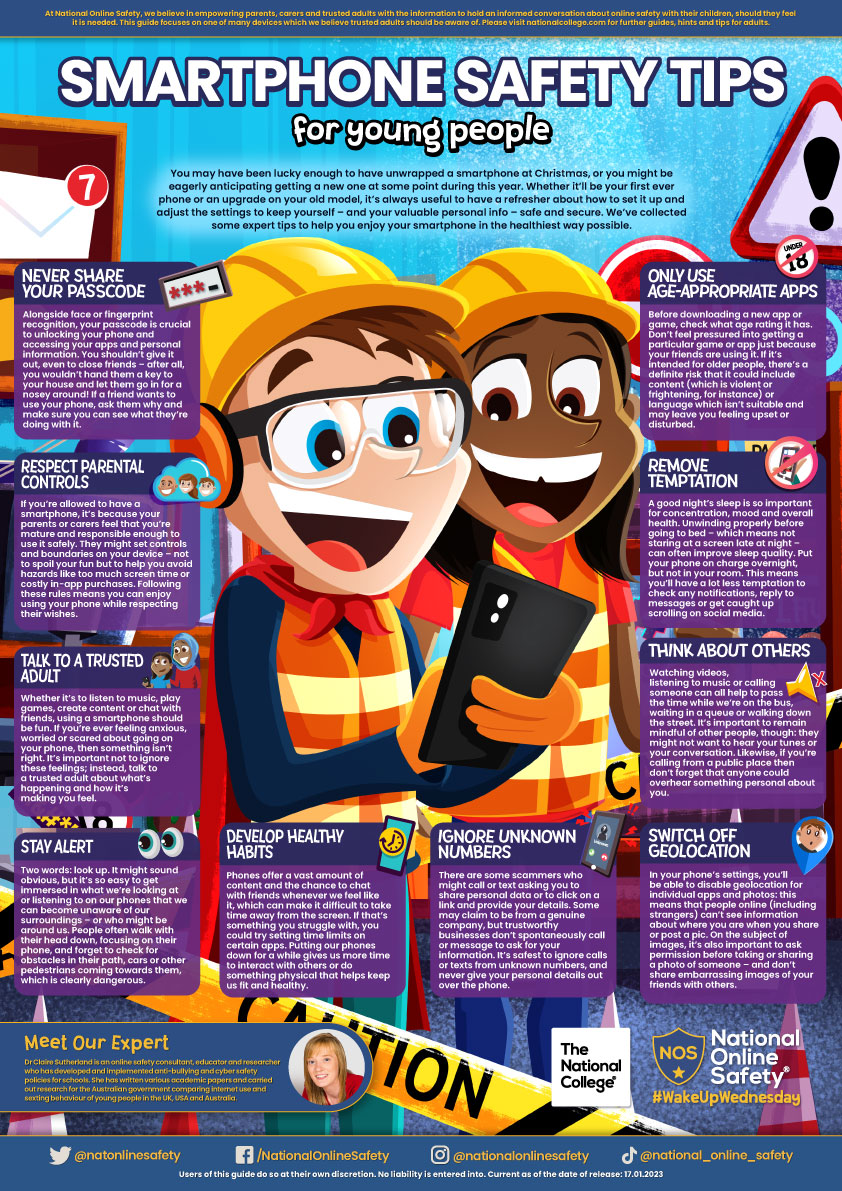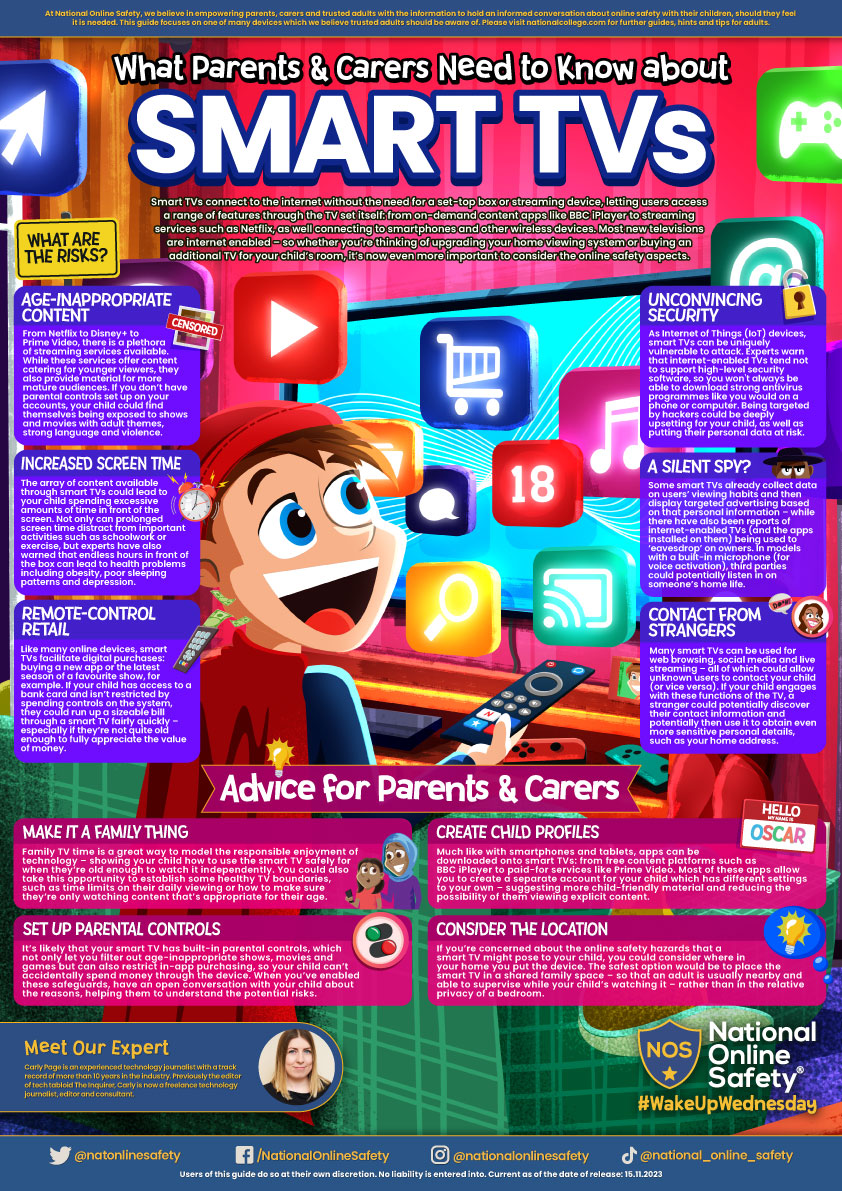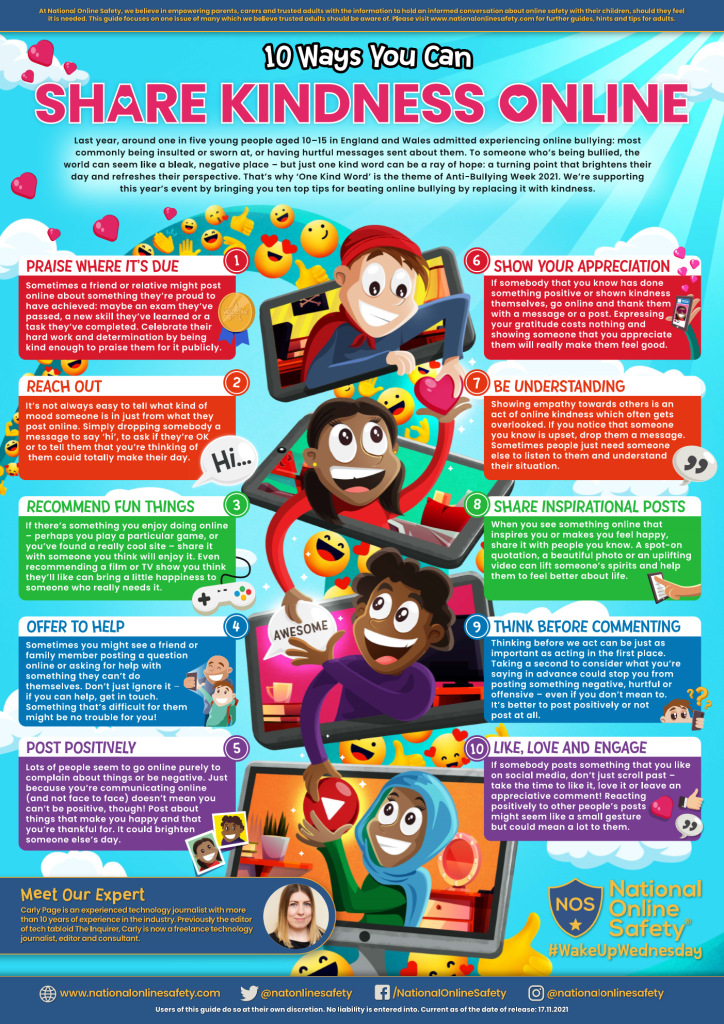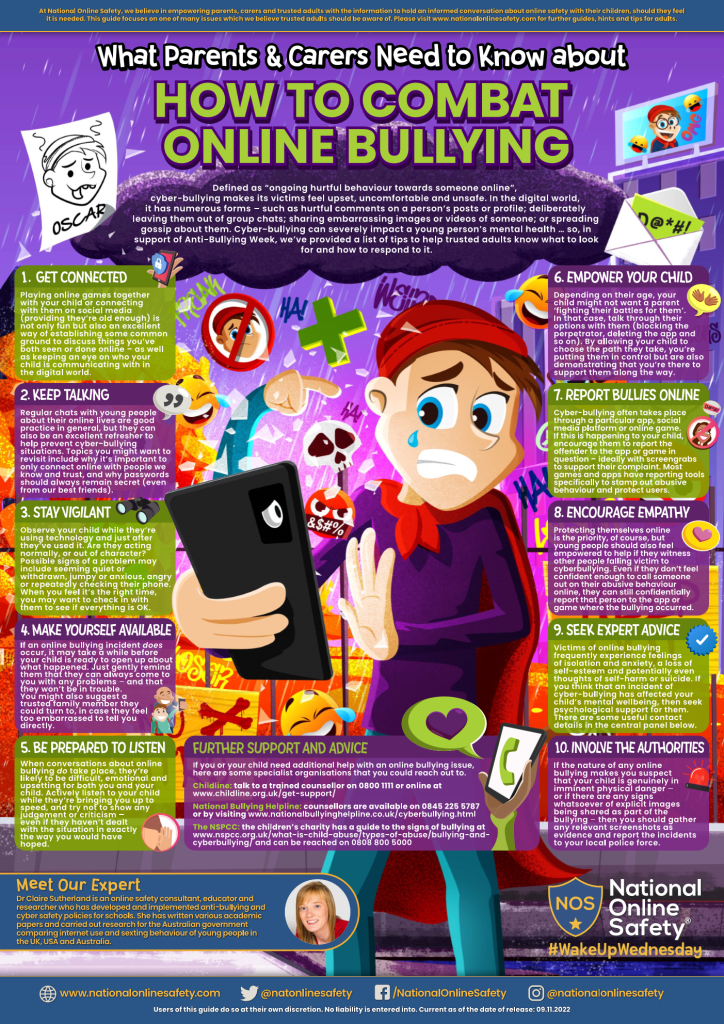On the internet or on social media, it’s likely that you’ve come across the occasional pop-up – promising a great deal on some product or service, declaring that you’ve won some kind of prize, or making any other number of tempting claims. This marketing tactic has been around for almost 30 years and shows no signs of disappearing any time soon.
Unfortunately, pop-up advertising carries with it various online safety risks, as we can never be certain where those links will take us or how legitimate their creators are. These ads can be especially risky for children and young people, who may not yet be able to look at such marketing with a critical eye. However, our free online safety guide will educate you on pop-ups, their associated risks, and how to safeguard yourself and young people from this phenomenon.
Source:
Meyer et al., Advertising in Young Children’s Apps: A Content Analysis, 2019
https://journals.lww.com/jrnldbp/abstract/2019/01000/advertising_in_young_children_s_apps__a_content.4.aspx
Grab our guide below!National Online Safety
This guide is from National Online Safety.

